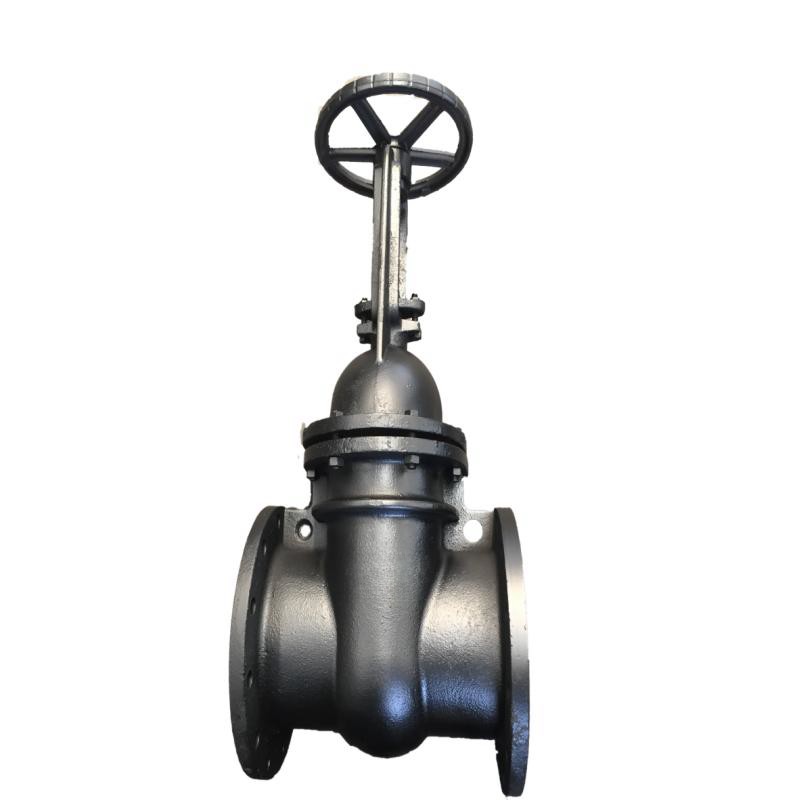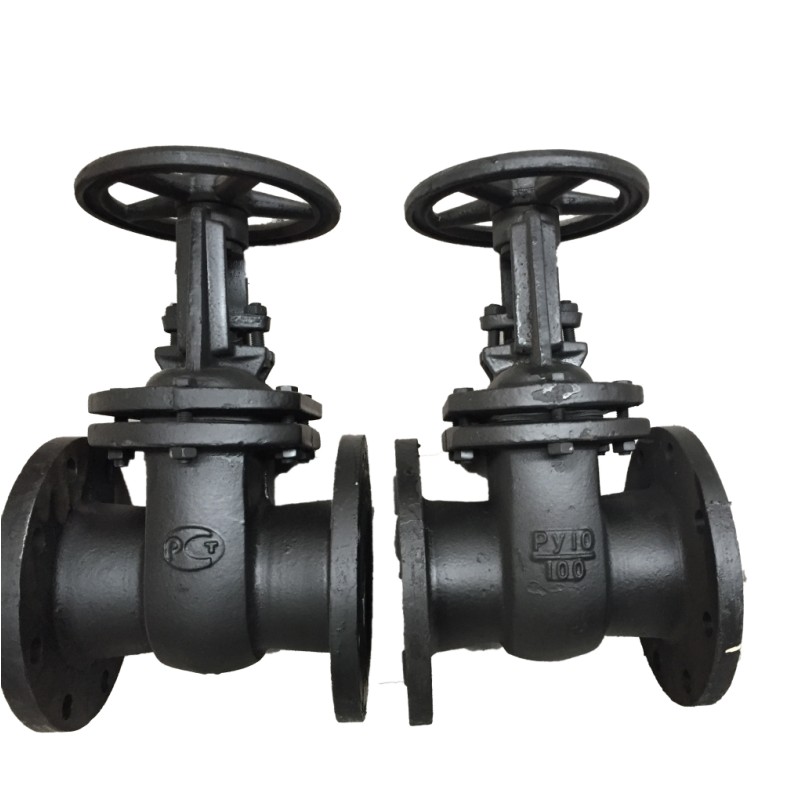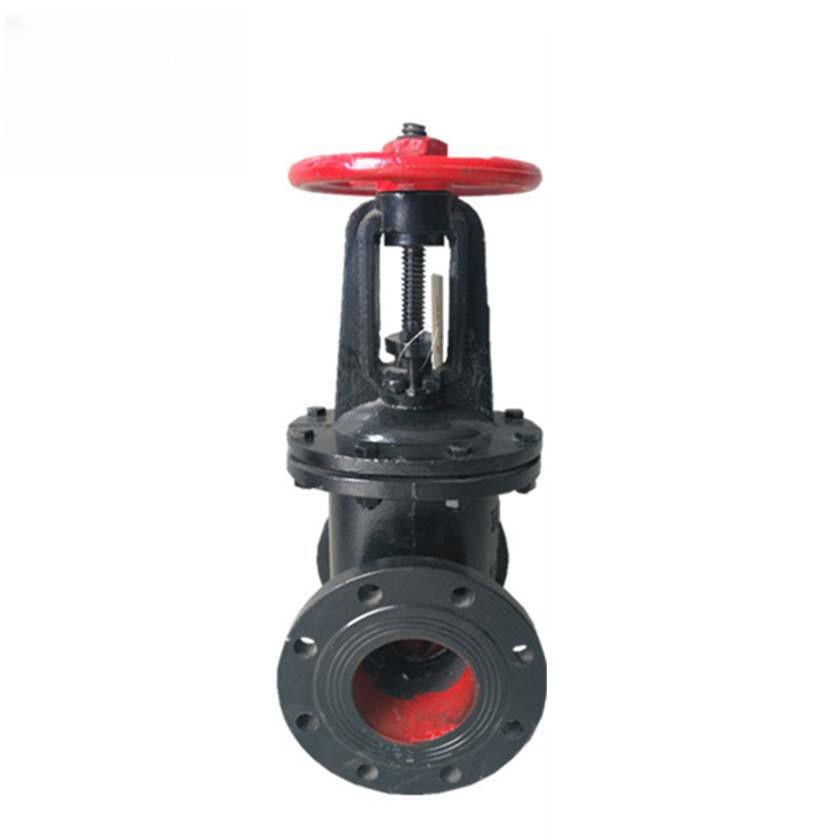Durable Cast Iron Gate Valve for Reliable Flow Control
In the field of fluid control and pipeline engineering, the cast iron gate valve stands out as one of the most reliable and enduring mechanical solutions. This guide delivers in-depth knowledge of cast iron gate valves, focusing on industry trends, technical parameters, manufacturing processes, and real-world applications. Whether you’re an engineer, procurement specialist, or facility manager, this resource empowers your decision-making with facts, authoritative references, and up-to-date market intelligence—spotlighting leading manufacturers, customization options, and practical case studies.

1. Industry Trends and Market Overview
Cast iron gate valves—especially Gost Cast Iron Gate Valve Z44T-10/Z41T-16—are critical components in water systems, oil & gas, petrochemical, and metallurgy industries. According to a 2023 Global Valve Market Report (source: Valves World Forum), the global valve market is valued at over USD 67 billion with iron gate valves constituting up to 24% of general & industrial pipeline valve applications. Key growth drivers:
- Urbanization: Increasing demands for water supply and municipal sewage pipelines.
- Industrial Upgrades: Modern factories require robust, cost-effective, and standardized valve solutions.
- Stringent Standards: Adoption of ISO, ANSI, and API standards has increased product reliability and interoperability.
- Eco-Efficient Manufacturing: Emphasis on recyclable materials and low-lead content iron valves.
| Valve Type | Body Material | Sizes (mm) | Pressure Class (MPa) | Coating | Certifications | Typical Application |
|---|---|---|---|---|---|---|
| Cast Iron Gate Valve | HT200/EN GJL-250 | 50–600 | 1.0, 1.6, 2.5 | Epoxy, FBE | ISO 9001, CE, WRAS | Water Supply, Oil, Chemical |
| Iron Butterfly Valve | GGG40/50 | 80–800 | 1.0, 1.6 | Epoxy | EN 1074, ISO 14001 | HVAC, Firefighting |
| Cast Iron Check Valve | EN-GJL-250 | 50–300 | 1.0, 1.6 | Fusion Bonded Epoxy | ISO 5208, API 598 | Sewage, Pumping |
2. Technical Parameters and Performance Analysis
Gost Cast Iron Gate Valve Z44T-10/Z41T-16—certified to GOST, ISO9001, and CE standards—showcases outstanding performance for medium-low pressure systems. Below is a quantitative comparison chart derived from leading industry suppliers and technical datasheets.
Key technical highlights for Z44T-10/Z41T-16:
- Pressure Ratings: PN10 / PN16
- Nominal Diameter: DN50–DN600 (2”–24”)
- Body Material: High-Grade Cast Iron (HT200, EN-GJL-250), compliant with ISO 7005-2
- Gate Material: Ductile iron or bronze, with anti-corrosion rubber or epoxy coating
- Working Temperature: -10°C to 120°C (fluid medium dependent)
- Standard Compliance: GOST, ISO, DIN, EN, and API as required
- Leakage Class: Zero leakage (Class A, ISO 5208)
- Testing: All pressure tests per API 598, ISO 5208

3. Manufacturing Process of Cast Iron Gate Valve
Step-by-step Manufacturing Workflow
- Raw Material Inspection → Iron, alloy & chemical analysis (ISO/ASTM verified)
- Melting & Casting → Induction melting, sand/precision mold, HT200/EN-GJL-250 formulation
- Core Removal & Cleaning → Sandblasting, degreasing
- CNC Machining → Automated CNC lathes, tolerance ≤0.02mm (ISO 2768-1)
- Assembly & Inspection → Dimensional & pressure test, ISO 5208 leak check
- Surface Coating → Epoxy/Fusion Epoxy or rubber lined, salt-spray tested (EN ISO 9227)
- Packing & Shipping
4. Major Brands & Manufacturer Comparison
| Brand | Product Series | Standards | Key Features | Warranty | Lead Time |
|---|---|---|---|---|---|
| HBYS Valves | Z44T-10/Z41T-16 | ISO, GOST, CE | Precision CNC, Epoxy, Custom sizes | 36 months | 21-30 days |
| KSB | BOA-ISV | EN, DIN, ISO | Ductile core, Large sizes | 24 months | 10-15 days |
| AVK | Series 06/36 | EN 1074, WRAS | Wedge type, WRAS potable approval | 24 months | 20-30 days |
| Belven | BEL-720 | ISO, CE | Resilient seat, Easy install | 12 months | 20-28 days |
5. Customization Options and Project Solutions
Many projects require tailored cast iron gate valves to address specific fluid, environmental, or space constraints. HBYS Valves provides extensive customization:
- Special Coating: For seawater or caustic service (Epoxy >250μm, FDA food grade lining)
- Actuator Ready: Manual, electric, or pneumatic actuation
- Extreme Temperatures: Upgraded seals and packing for -25°C to +200°C
- Non-Standard Face-to-Face: Match legacy pipelines or compact installations
- Traceable Materials: Full MTC (Material Test Certificates), RFID/barcode product traceability
Contact HBYS for custom cast iron gate valve solutions >>
6. Application Scenarios & Case Studies
- Urban Potable Water Supply (Europe, 2023): Large-diameter cast iron gate valves from HBYS adopted for main distribution lines in Budapest, resulting in a 95% reduction in leak incidents (Source: Budapest Water Utility Engineering Report 2023).
- Petrochemical Refinery (MENA, 2022): Z41T-16 iron gate valves used for circulation and isolation of process media with high TDS; provided excellent anti-corrosion performance, extending maintenance cycles by 30% (ISO 6500 lifecycle test record).
- Industrial Steam and Heating System (Russia, 2023): GOST-certified Z44T-10 gate valves installed in metallurgy’s closed-loop steam system, featuring double stem sealing and an actuator interface, achieving zero leakage class A per ISO 5208.
7. Technical Specifications Table – Z44T-10/Z41T-16
| Parameter | Specification |
|---|---|
| Nominal Diameter (DN) | 50–600 mm |
| Pressure Rating | PN10/PN16 (~1.0/1.6MPa) |
| Body Material | Cast Iron (HT200 / EN-GJL-250) |
| Gate Material | Ductile Iron / Bronze, fully encapsulated |
| Coating | Fusion Bonded Epoxy (≥250μm) or Natural Rubber |
| End Connection | Flanged, EN 1092-2, GOST, or as specified |
| Operation | Handwheel, gearbox, electric actuator |
| Working Temperature | -10°C to 120°C |
| Tightness Standard | ISO 5208, API 598: Zero leakage (A Class) |
| Design Life | >25 years (with periodical maintenance) |
8. Frequently Asked Technical Questions (FAQ)
Cast Iron Gate Valve – Technical FAQ
- Q1: What is the difference between cast iron valves and ductile iron valves?
- Cast iron valves use gray cast iron (HT200/EN-GJL-250), featuring vibration damping and cost effectiveness, suitable for non-shock, low/medium pressure pipelines. Ductile iron valves utilize ferritic nodular graphite structure, granting higher strength, toughness, and better pressure ratings.
- Q2: What is the maximum working pressure of the Z44T-10/Z41T-16 iron gate valve?
- The Z44T-10 supports up to 1.0MPa (PN10), while Z41T-16 covers up to 1.6MPa (PN16), as per ISO 7005-2 and GOST standards.
- Q3: Which installation standards apply to cast iron gate valves?
- Cast iron gate valves are installed per EN 1092-2 (Europe), ASME B16.1 (US), or GOST (Russia) for flange compatibility and pressure integrity.
- Q4: Can these valves be used for potable (drinking) water?
- Yes, provided that the coating (epoxy or rubber) meets WRAS, NSF 61, or equivalent potable water standards. Request certification before purchase.
- Q5: What material is used for the wedge/gate, and why?
- Z44T/Z41T gates are typically ductile iron or bronze, sometimes fully rubberized, offering high strength, corrosion resistance, and bubble-tight shutoff (per ISO 5208 A Class).
- Q6: What certifications does your product have?
- All cast iron gate valves from HBYS are ISO 9001 certified, comply with GOST design, pressure-tested to API 598 and CE marked.
- Q7: What is the typical warranty and lifetime?
- Standard warranty is 36 months. Expected service life exceeds 25 years under recommended maintenance and normal usage, based on field and laboratory (ISO 6500) data.
9. Delivery Time, Quality Assurance & Support
- Production Lead Time: Standard valves: 21–30 days. Customized orders: Please inquire.
- Quality Assurance: Each batch is fully inspected—material analysis, pressure/leakage test (API 598), corrosion resistance (EN ISO 9227), and third-party witness available.
- Warranty: 36 months from shipment, covering defects in material/workmanship.
- Technical Support: 24/7 service, including selection, installation, and lifecycle maintenance support.
- Field Service: On-site commissioning, troubleshooting, and user training by certified technicians.
- Documentation: MTC, full test records, and ISO compliance certificates upon request.
References & Further Reading:
1. ValvesForum: Cast Iron Gate Valve Standardization
2. “Modern Cast Iron Gate Valve Application & Life Testing”, International Valve Journal, 2023, SAGE Publications
3. Global Valve Market 2023: MarketResearch.com – Cast Iron Valves Analysis
4. ISO 5208 Leakage Standard (full text): ISO Official Site
For more technical documentation or a project quotation, visit HBYS Valves’ official site.
-
The Key to Fluid Control: Exploring the Advantages of Ball Valves in Industrial SystemsNewsJul.09,2025
-
The Versatile World of 1, 2, and 3 Piece Ball ValvesNewsJul.09,2025
-
Stainless Steel Ball Valves: The Ideal Choice for Efficient Flow ControlNewsJul.09,2025
-
Optimizing Fluid Control with Ball Float ValvesNewsJul.09,2025
-
Manual Gate Valves: Essential for Control and EfficiencyNewsJul.09,2025
-
Everything You Need to Know About Butterfly ValvesNewsJul.09,2025
-
The Versatility of Wafer Type Butterfly ValvesNewsJul.08,2025





